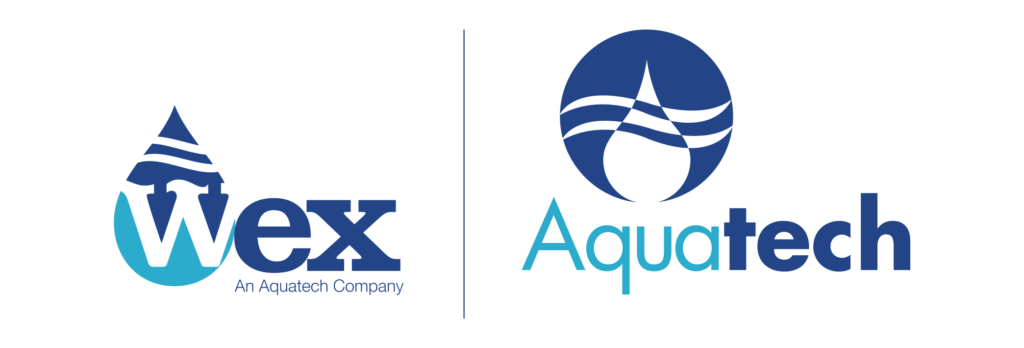Oilfield Treatment

DEOILER
The water separated from oil emulsion using a demulsifier is an effluent, which should be environmentally acceptable for disposal, or suitable to re-injection into the reservoir. Any effluent (oily water) discharged in the environment should comply with a current governmental maximum specification for oil in water. In addition to demulsifies used in onshore or offshore production units or in refineries, the residual oil in water has to be separated in a specific effluent treatment plant using deoilers.
Deoilers can be flocculants or coagulants. Wex provides innovative and suitable deoilers along with relevant technical assistance to help produce water with the lowest oil content in accordance with the highest HSE standards. Our worldwide technical network provides you with immediate local support to assess your water quality requirements and any related problems in your production systems, and to evaluate the possibility of offering you other services in addition to oil-in-water separation.
Deoiler enhances bulk oil/water separation for the purpose of facilitating downstream oil removal. These deoilers are uniform liquids free from visible impurities and are soluble in water in all proportions. They separate two liquids having different specific gravities. They also separate and remove a range of oils from water including hydrocarbon oil and fuel, mineral oils, vegetable oils, animal fats and oils and fish oil.
DEFOAMER
A defoamer or an anti-foaming agent is a chemical additive that reduces and hinders the formation of foam in industrial process liquids. The terms anti-foam agent and defoamer are often used interchangeably.
A defoamer is normally used in industrial processes to increase speed and reduce other problems. It addresses both problems with surface foam and entrained or entrapped air. A wide variety of chemical formulas are available to promote coalescence of foam.
Generally a defoamer is insoluble in the foaming medium and has surface active properties. An essential feature of a defoamer product is a low viscosity and a facility to spread rapidly on foamy surfaces. It has affinity to the air-liquid surface where it destabilizes the foam lamellas. This causes rupture of the air bubbles and breakdown of surface foam. Entrained air bubbles are agglomerated, and the larger bubbles rise to the surface of the bulk liquid more quickly.
A mud additive used to lower interfacial tension so that trapped gas will readily escape from mud. Mechanical degassing equipment is commonly used along with defoamer. Octyl alcohol, aluminum stearate, various glycols, silicones and sulfonated hydrocarbons are used as defoamers.
SCALE INHIBITORS FOR WATER INJECTION
Oilfields are stimulated by injecting an inflow stream of a fluid into an oil producing well linked to the oilfield, displacing the oil and recovering an outflow stream of fluid comprising the oil, wherein at least two streams are injected into at least two production zones of an oil well or are injected into at least two different oil producing wells from which at least two outflow streams from the two zones or wells are combined before recovering, with a scale inhibitor having detectable moieties being introduced into the oilfield(s) and/or into the fluid, and wherein two different scale inhibitors are used, dedicated to the two zones or wells, said different scale inhibitors having different detectable moieties that can be distinguished by analysis.
These are Cationic Polymers Supplied in liquid form. Wex Scale Inhibitor has excellent handling properties, mixes easily and dissolves quickly when added to water based fluids. It is used primarily for shale control and clay inhibition. The product reduces hydration rates of reactive scales.
The product functions primarily by neutralizing charges in the scale’s and clays by decreasing the shale tendency to absorb water, swell and slough off. It improves borehole stability and helps promote gauge hole. It can be used in fresh water and brines, including divalent brines.
BIOCIDES FOR WATER INJECTION
It has been shown that anthraquinone inhibits the ability for sulfate-reducing bacteria (SRB) to respire using sulfate as an electron acceptor. This property has been used to develop specific treatments for oilfield water systems to reduce the generation of H2S and the formation of iron sulfides. In this paper, results from laboratory and field studies showing the synergistic effect of treating oilfield produced waters with both anthraquinone and acrolein are discussed.
Results from these studies indicate that the use of anthraquinone can extend the duration of effectiveness of this biocide and improve the quality of the water for injection. It is a highly effective potent blend of aldehyde bases found to be particularly effective in the on shore/off shore application. The synergistic action insures rapid and complete bacterial kill with decreased likelihood that the bacteria develop a tolerance for the chemical.
The ingredients in it are biodegradable, making the product useable in systems where treated water is to be discharged into the sea. In addition, it does not contribute to foaming, making it highly suitable for sterilization of separators, water injection systems, drilling fluids, gas storage applications, and others. It is compatible with most scale inhibitors. The surfactant included increases the effectiveness for a broad sustained action with good penetrating qualities. The synergistic action insures rapid and complete bacterial kill with decreased likelihood that the bacteria develop a tolerance for the chemical.
